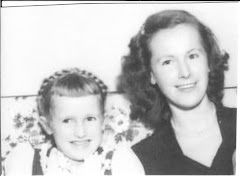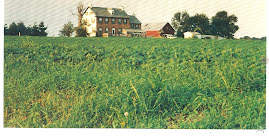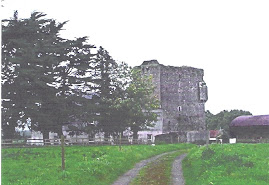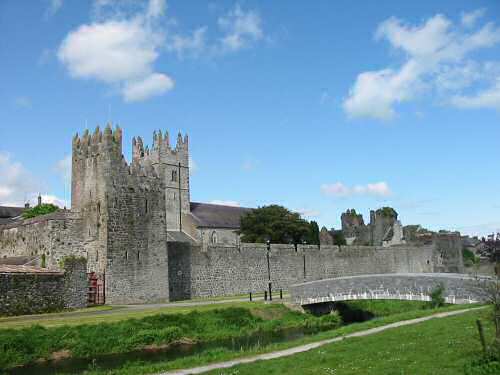I feel like I have been waiting for the 1940 census for a long, long time.In actuality, I've been waiting only since I have been "doing" my family history in mid 2002 when I early retired.
I have done remarkably well finding relatives on many continents and learning the rudiments of DNA research since then.
Possibly in an effort to "hurry" the 1940 census public release, I begin tomorrow training for a medium term job with the 2010 census.Employing magical thinking, perhaps, I am willing the new set of data to arrive faster by collecting something for posterity.Likely I am just occupying myself gainfully while marking time.
In actuality I have probably used Census data through my career as a Social Worker/Sociology instructor since 1985.In New Jersey census and other social and criminal data collections has historically been employed in grant writing where a large part of agency funding is derived from. I personally wrote and administered two long term Children's Trust Fund and at least two Violence Against Women ( VAWA) programs.
Extracting information from past data collections has worked well for me in my genealogy hobby also. I am able to derive meaning from how my relatives conducted their lives during the Great Depression and how families split into "Haves" and "Have Not" factions. How some of them were able to erase any memory of their very recent Irish roots and be very American and the brother's family kept to old habits and patterns.Social data sheds light on such behavior.
In Ireland the years prior to the British Civil Wars and just after the Great Famine were years of social change. My Faunt family used military careers and guild memberships to keep afloat in the anti-Catholic discriminatory centuries.They did not live within city walls like the Protestant English but close by due to their hereditary occupations.They were largely literate and lived in the same Valley for 600 years since they came with the Normans.
In 1867 and 1868 my William Faunt and family lived in Belfast prior to immigration and after his discharge from the British Army.How much of the decision to go to America had to do with rising tension in that area? I know that two sons were born to them there, both named William and surely one died young. Ellen Faunt and baby Will came first in the Spring of 1869 and William the elder and my Patrick came in the Fall. Contrary to what I once thought they were not "Famine immigrants" and came for another reason. Social data in the old country and the new country paints a picture of the time in which they came.
Beverly New Jersey, a tiny Victorian town nestled on the banks of the Delaware seems like an unlikely destination for them.In actuality it was a melting pot and very friendly as a newly established town to immigrants. A Catholic ministry flourished and a new church sprang up.My William Faunt either came with a job promise due to his military service or was hired immediately at Wall Rope where he was caretaker and his family lived in "rooms above the factory".
I have followed the family with my eye on the past through the lens of past census.I left them in 1930 in the Depression years and early glimpses of 1940 census fragments at ancestry.com show them flourishing near Penns Grove NJ as DuPont employees. Two of my great grandfathers, Patrick Faunt and Grover Carrow as well as many of their brothers and siblings are there also early in the century from both Burlington County NJ and rural Delaware.
Other lines in my family had immigrated to South Jersey from Ireland as farmers in a Garden State.Patrick Kirwan and his father-in-law James Sweeney both farmed and drove teams of horses to markets.
Mary Dugan who married Pat Faunt as well as my Ellen Lynch Faunt were greengrocers both in Beverly NJ and into Philadelphia where the family lived also, traveling to the city on the same type of ferries I knew as a child.The Dugans were builders as well as entreprenours there as John Dugan, Mary's uncle may had had both a livery stable and a saloon.
All of this I have learned through government collections efforts now available to family researchers. With the tantalizing new 1940 "census fragments" I have already learned of other marriages, divorces and children born.
Tomorrow I will be training for a new look at populations but will not and cannot leave my family genealogy passion behind.I have new Carrow and Faunt cousins who I am busily fitting into my tree.Look for me at odd times but I will be around.
1872 :: Birth of First Set of Henry Twins
1 year ago












1 comment:
I, too, look forward to the release of the 1940 census with great anticipation! It has the potential to solve several long-standing genealogical problems for me, and for a lot of other people, too, I'm sure.
Stephanie
Post a Comment